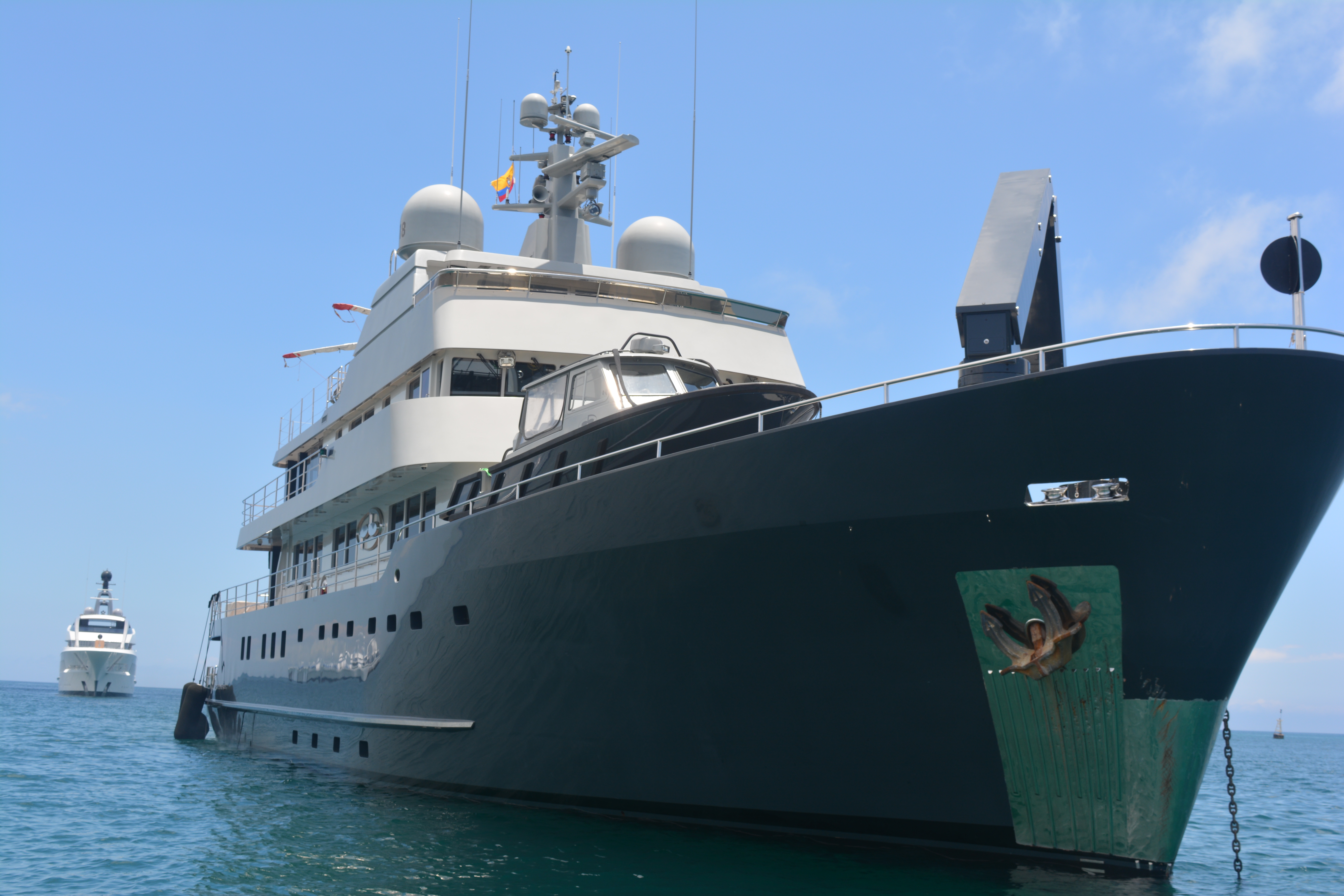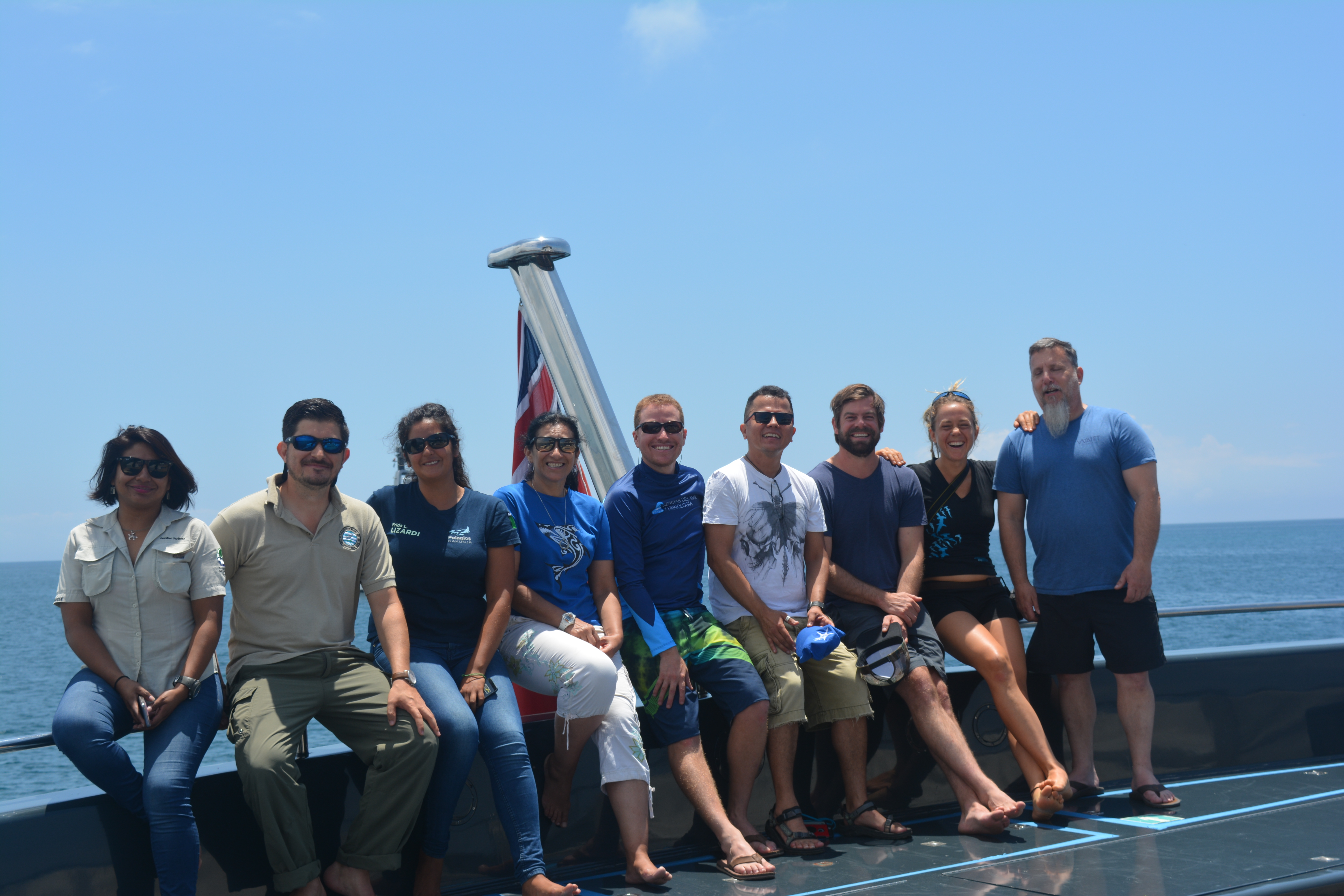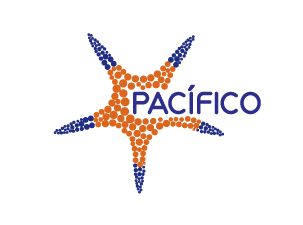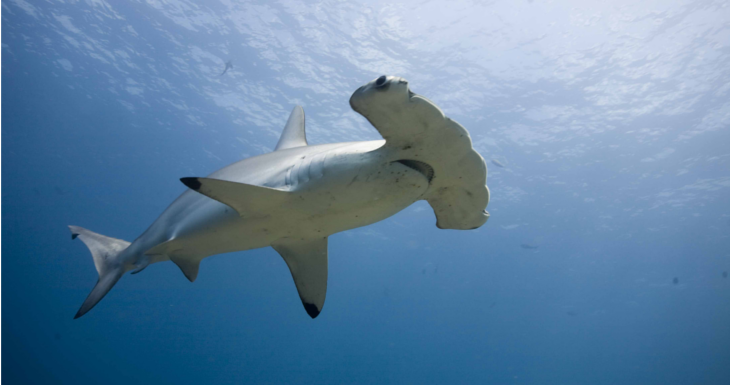- Expedition began April 2 on Baltra Island (Ecuador), including sites such as Darwin Island in Galapagos National Park and Marine Reserve, and will end 10 days later near Cocos Island, Costa Rica.
April 2018. An unprecedented scientific expedition will be underway from the Galapagos Islands to Cocos Island from April 2 to 22 to identify the migratory marine species that use that route and to quantify their distribution and abundance and the diversity of their predators.
The main objective of the expedition, according to Zdenka Piskulich of the PACÍFICO Foundation, is to conduct research studies to highlight the importance of implementing cross-border conservation efforts for highly migratory species in this priority marine corridor.
“We want to quantify the distribution, abundance and diversity of existing species in the cross-border marine corridor, monitoring marine mammals through use of pelagic[1] baited remote underwater video (BRUV) stations and seabirds through observation, and to study the effect of environmental factors such as temperature, depth and presence of underwater mountains—or seamounts—on the distribution and abundance of these species throughout this marine corridor,” Piskulich explained.
The pelagic baited remote underwater video stations are an effective tool for monitoring sharks and other large predators throughout the Galapagos-Cocos corridor
Assessment of the status of the shark population and other pelagic populations is particularly important given the rapid pace at which some species are declining. Large sharks are capable of shaping marine food chains, regulating populations of prey and/or modifying their behavior. Therefore, the elimination of ocean sharks could have important ecological consequences, such as the loss of biodiversity and the function and health of the ecosystem.
According to Dr. James Ketchum, president of MigraMar, “The Galapagos-Cocos expedition represents an excellent opportunity to learn more about Cocos-Galapagos Migratory Pathway, which is located along the Cocos volcanic mountain range where an important marine migratory activity is concentrated.
Joint research
PACIFICO, the Galapagos National Park and Cocos Island National Park, with funding from the Waitt Foundation, the Shark Conservation Fund and the Helmsley Charitable Trust, will carry out this expedition, with the participation of MigraMar and CIMAR of the University of Costa Rica.
“For the first time, a scientific expedition will be made for conservation purposes, covering this transborder marine corridor in the Pacific Ocean off of Ecuador and Costa Rica that connects the Galapagos National Park and Marine Reserve and Cocos Island National Park, both declared as World Heritage Sites by UNESCO,” said Mario Coto Hidalgo, executive director of the Costa Rican National System of Conservation Areas.
Jorge Carrión, director of Galapagos National Park, said, “This cross-border marine corridor, stretching about 120,000 km2, is key to the conservation of highly migratory flagship species such as sharks, whales, rays and sea turtles. We seek to strengthen the research and control and surveillance of the protected areas of the two countries.”

Boat “Plan B”
Expedition details
The trip began on Baltra Island in the Galapagos Islands of Ecuador and will devote 11 days to navigating and researching throughout the Galapagos-Cocos marine corridor, ending on the Pacific coast of Costa Rica, for a total voyage of 2,059 km.
The expedition’s route will follow the Cocos volcanic range, which is an underwater mountain range that unites the Galapagos and Cocos marine protected areas (MPAs). “We will have nine sampling sites in iconic places such as the north part of Darwin Island in the Galapagos Marine Reserve, various underwater mountains such as Paramount, Medina, West Cocos and Las Gemelas, and Cocos Island,” Carrión said.
“The long-term research that the members of MigraMar have carried out for more than a decade on highly migratory marine species such as sharks, turtles and whales clearly highlights the importance of the Cocos-Galapagos Migratory Pathway. Participation in this expedition is critical for a close look at this corridor of movement in the Cocos range, including hard-to-reach underwater mountains, in order to assess its ecological importance. Several pelagic species, such as the hammerhead shark, follow the magnetic structure of the volcanic mountain range and underwater mountains for spatial orientation and movement between gathering and feeding sites,” said Ketchum.

Team of scientists present in the expedition
[1] Living in offshore, open-seas areas.

